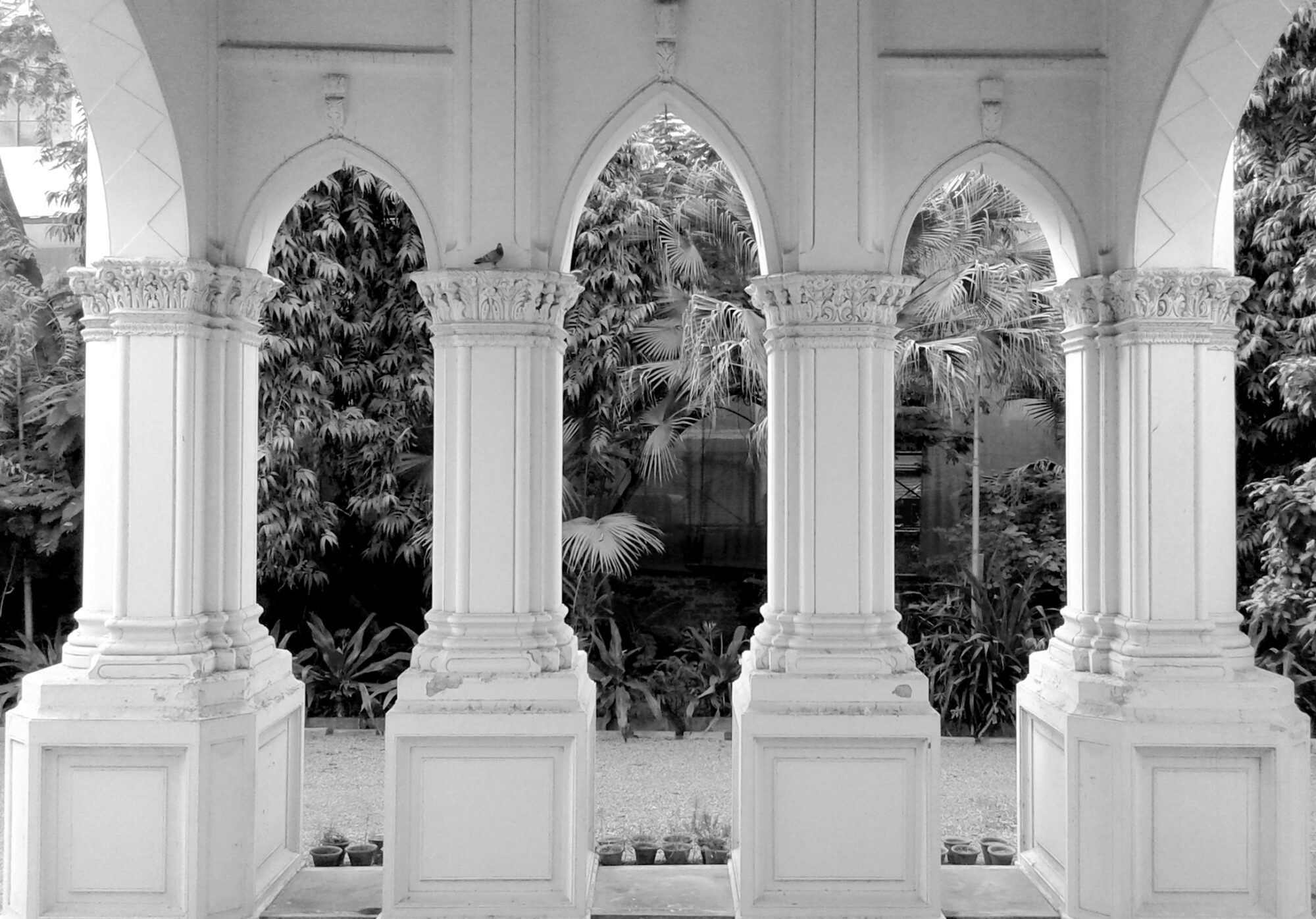Melody of Colours: A Report
The melody in Dhrupad’s colour is more of a tune than a song, a piece of music, if you will. But it is not a straight melody, it is a melody made of iterative sequence, circular sequence, dim sequence, or reverse sequence of colour notes that the viewer sees as well as almost listens.
In fact, Dhrupad’s melody of colour is not in the foreground but in the far background. The pitch of colour is soft and rhythm is unusual, however the musicality of the colour in his work is satisfying, both, to the eyes and ears, and becomes most memorable part of the visual as the time passes.
To listen to this melody, a virtual presentation was organized on July 31 st 2021 at Shanti Sadan under its ‘Understanding Colour’ workstream.
Owning to his artistic background, Dhrupad delved into colours and tonality that manifest the subtle nuances of nostalgia. His journey began by understanding light and shadow through pencil drawings, and pigments and filters through water colour paintings. As he approached the field of photography, he was inspired by Henri Cartier Bresson’s monochromatic street photography to create black and white compositions with a focus on light and shadows where the elements became important, and colours, as they are, a distraction.
As his fascination with the choreography of light grew, he realised that light gave life to the textures of materials. From Rothko, Raza to Pollock, the paintings spoke to him beyond colours; and he proactively manifested the emotions and narratives through textures and compositions, as seen in the case of ‘salt sunken homes’. His focus remained on textures and emotions of the composition where he worked on an experiential exhibition for the blind.
His work with an 35mm film led him to realise the grace value of photography, a physical truth where he suddenly needed to be more attentive, patient and learned to trust the process. The pandemic took him to a path of creating surreal paper collages to physically represent his mixed emotions, of an unrelative relatability. He had to practice control of choice whilebeing adaptive and vulnerable in the same moment. These collages depicted different
This exploration, combined with his sudden admiration for literature, showed him a path of representing narratives digitally- films. ‘Li ej hu’, his short film, talked of the past in the present. The years he had spent on understanding and representing emotions, came wildly alive in the film where he used diffused colours and grey tones to depict the past and softer edges to depict the images from memories. As a contrast, he worked on a film ‘Shikhandi’ that talks about the life of a transgender. Because of the extremity of emotions, he had to leave his comfort of nostalgia and delve into vibrancy of colours. Red to depict aggression and love, white saturated and bright yellow, green and blue to depict freshness and acceptance. The dance of light in the film is beautifully placed whereas the composition of the montage with a larger headspace evidently talks about societal pressure. The commercial work of architectural photography developed his understanding of light and colour while depicting the truth, rather than a narration.
The talk inspired people to enquire about other forms of art that can manifest a narrative as beautifully as visual art, such as music and theatre. Questions from the participant addressed how Dhrupad visualises an image, before, while and after capturing it. And what impact it has on the colour in the image.

